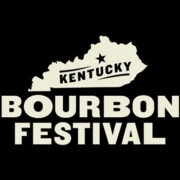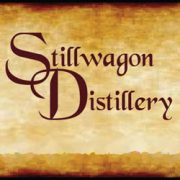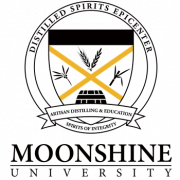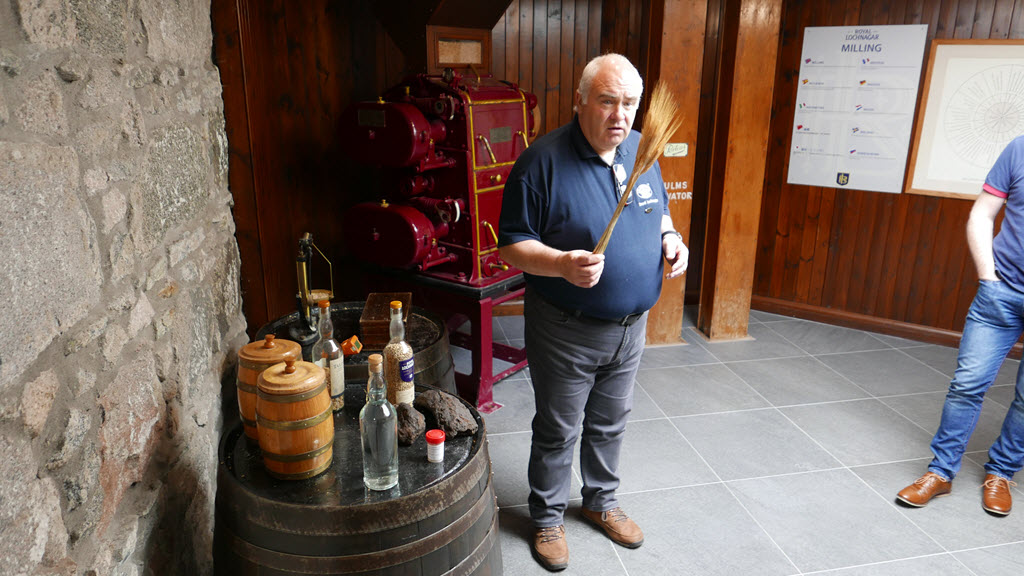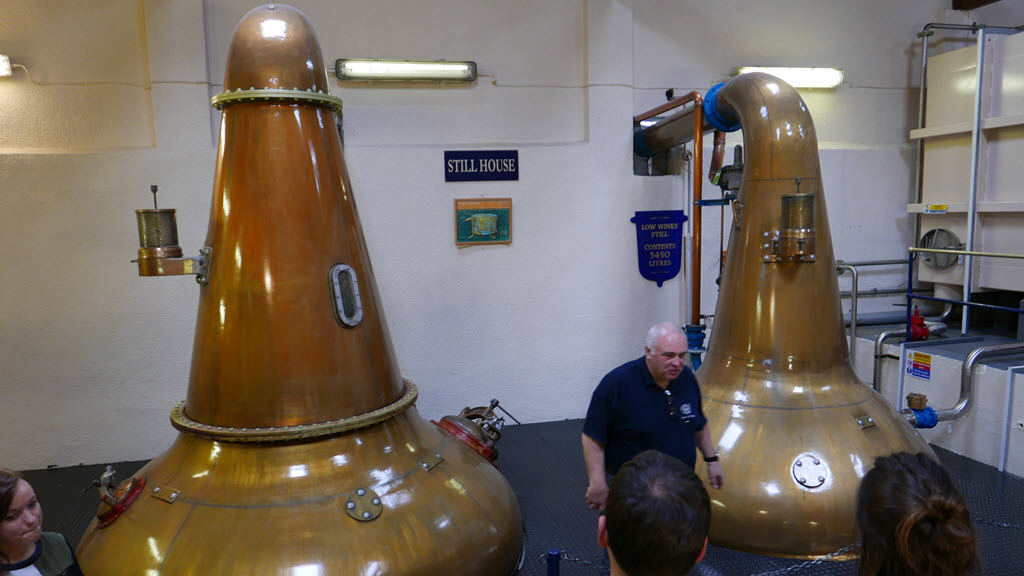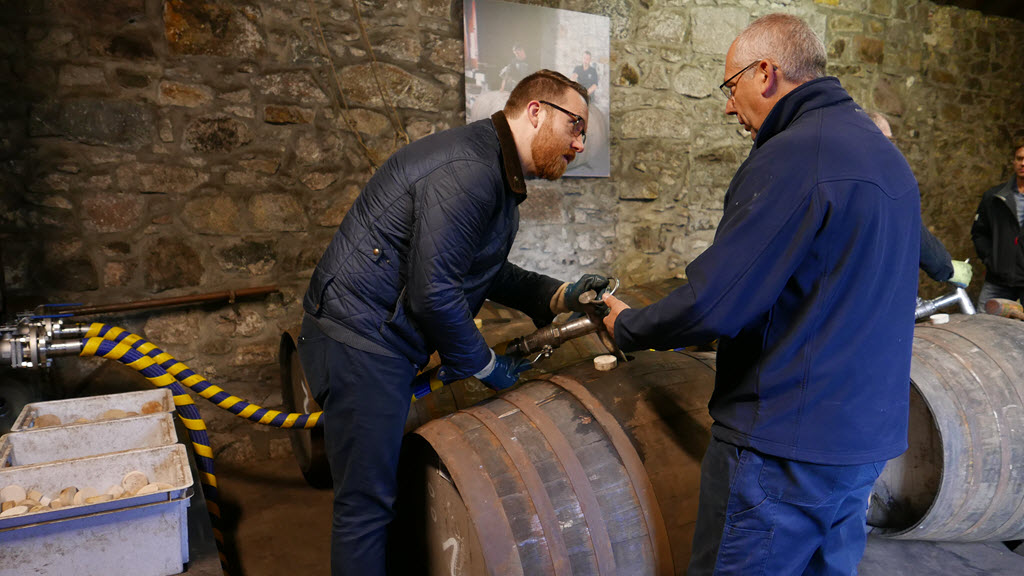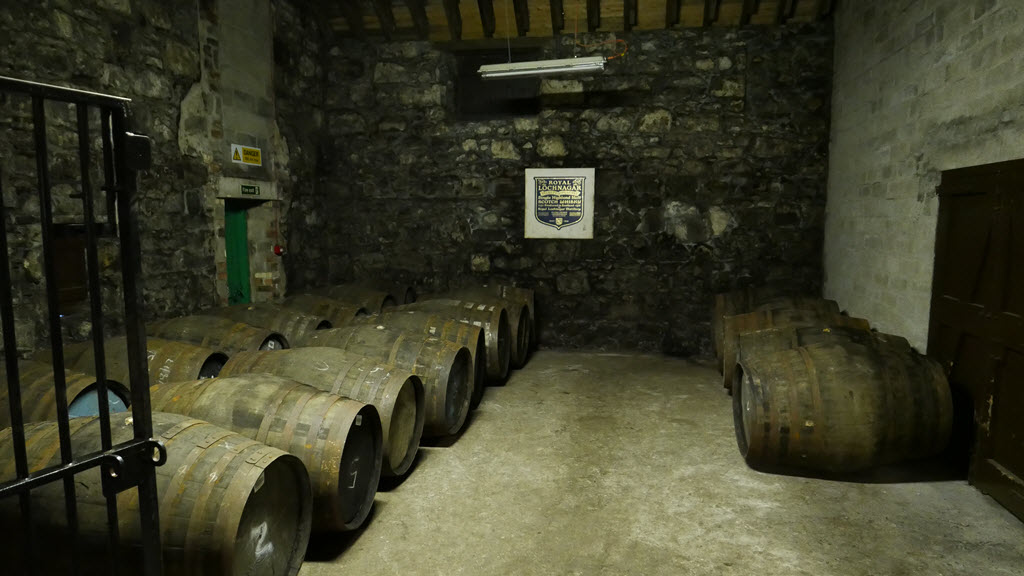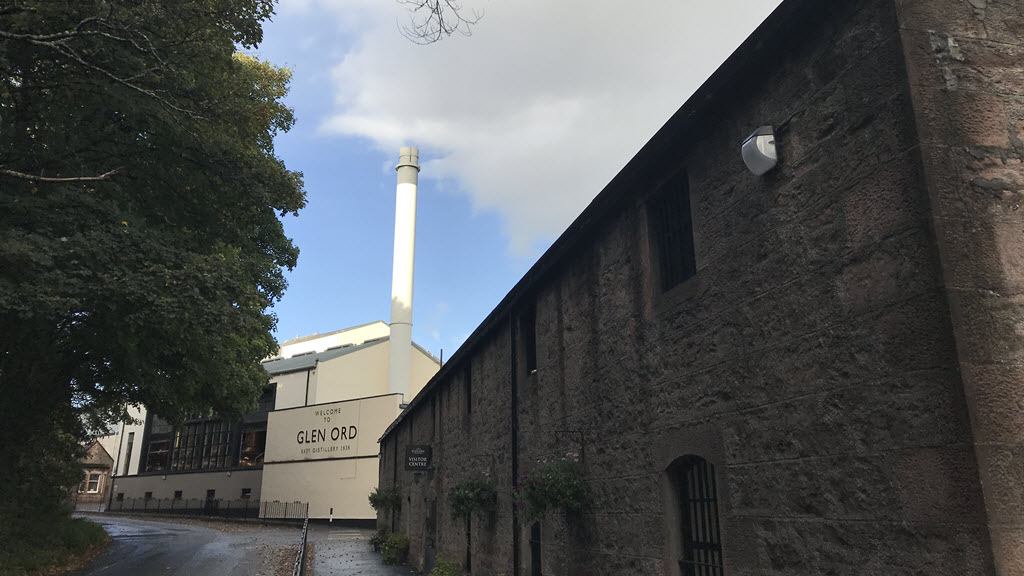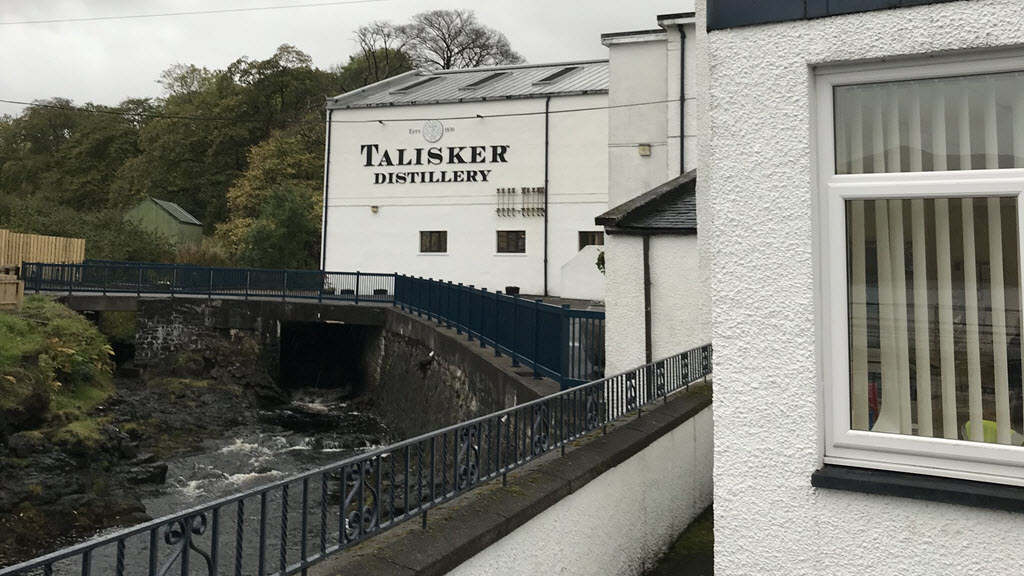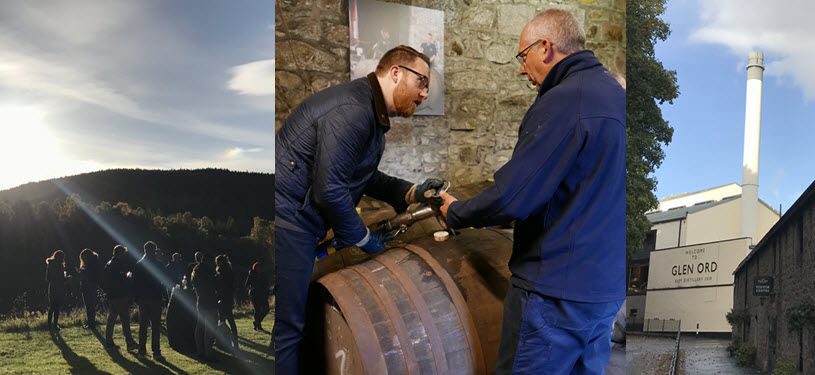
When people mention distilled spirits and bourbon in one sentence, most people naturally think of Kentucky. People that know bourbon know that it doesn’t have to be made in Kentucky to be called a bourbon but it does have to be made in the U.S. The city of Louisville sits within a 50 mile radius of 95% of the worlds supply of bourbon. At the center of that universe is a place called Moonshine University. One thing Moonshine University is ‘not’ known for is Scotch, a product that legally has to be made in Scotland.
Colin Blake, is the Director of Spirits Education at Moonshine University. He’s been part of the course selection and training at the school from day one in 2013. One thing he didn’t need to know about, other than the basics, was Scotch. You could even say he wasn’t a fan. Well, he got a bit of a surprise when he was invited to travel to Scotland to attend a week at The Malt Advocate Course. This is a look back at Colin’s ‘Tale from the Trail’ and his journey from never Scotch to dare we say, fan?
A Week on the Trail in Scotland
“Last October I found myself sitting in The Granit City, a restaurant in the Aberdeen airport in Scotland. I had about two hours to kill before I would get picked up to go to The Malt Advocate Course, and since it was overcast and rainy (shocking weather for Scotland, I know) I explored what is referred to as ‘The Full Scottish Breakfast’. Which sounds a tad like a sexual position, but proved to be my daily, hearty base for the onslaught of Scotch I would be sampling each day.
Sunday, October 8th
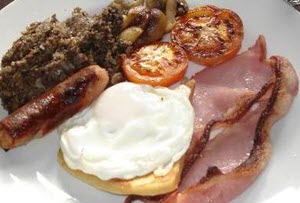
The Full Scottish Breakfast.
My first day was spent in Ballater, waiting for the rest of the group to arrive. There was only one other person there for the class, so we walked around the village chit chatting, and ultimately wanted to grab an afternoon drink to while away the time. Being Sunday, pubs were closed. But there is one thing that I know, there is always an open bar at a golf course, and Scotland is not short of golf courses. So, after signing a ledger claiming I was a member of an affiliate sports club, we drank a pint and watched old Scottish men poorly putt the 18th green.
Once more of the group had arrived to town we went and checked in at the Deeside Inn, which was the definition of quaint. I went up to my room to unpack and get ready for the welcome dinner, only to find that my shower had a kickstand. It wasn’t a nuisance in any way, but it also served no purpose. Either way it gave me a perfect opener for any conversation that evening, “say, does your shower have a kickstand?”

A Shower with a Kickstand.
While this dinner was delightful and plenty of fun I want to make note of two things. One, it would be the last time everyone was on their best behavior, and two, I found out that our group was being led by Sean Phillips (the creative palate behind Tanqueray Ten) who looks and sounds exactly like Bob Hoskins. Not kind of, not sort of, a dead ringer. For the next week I kept expecting his animated rabbit friend to pop out of his jacket. Sorry that was the role I chose to mention, all you Mermaids fans.
Stay Informed: Sign up here for the Distillery Trail free email newsletter and be the first to get all the latest news, trends, job listings and events in your inbox.
Monday, October 9th
I ate my full Scottish and jumped on the bus. We were headed to Royal Lochnagar Distillery, the post card of Scottish distilleries, a series of stone building nestled into a valley right beside a loch.
We started the day in the coziest of rooms, it felt like a centuries old living room, mainly because it was. We would often find ourselves in this room for tea. If the people of Scotland love one thing more than their Scotch, it’s their tea. After we went through introductions and an overview of the week we went on a distillery tour. During the entire tour I was constantly surprised at some of the astounding differences between Scotch and bourbon production. I nearly had a panic attack when they said they never cleaned the stills or distillate tanks. Now I know what a brewer must feel like when they come to our distillery and see people sticking their fingers in the mash, pure flabbergastery.
We went back to our ‘classroom’ (a centuries old dining room) and examined various new makes. We spent a good deal of time being taught the various types of flavor profiles one can find in Scotches and how everything from the cook process to the distillate tanks can impact the flavor, and how each aspect can be controlled in order to achieve the desired result. Want a light fruity distillate? It all starts with a lower temperature mashing and a slow pull from the bottom. Want a nuttier, spicier distillate? Mash hotter and pull faster.
We then extended this training to barrel aged distillates. Seeing how so many of the grain characteristics hold up against the wood is impressive. Much different than it does in bourbon. But since Scotch is generally aged in used cooperage and ages in a milder climate, the wood isn’t as overpowering to the subtler, nuanced flavors that are found in malted barley.
Then dinner and drinks were had, more of the latter than the former…when in Scotland.
Tuesday, October 10th
With a full Scottish in my belly, we started the day by filling and rolling barrels. I’ve done a bit of this at Moonshine University, but it’s a little more challenging when trying to roll a 125-gallon sherry butt opposed to a 53-gallon barrel. It didn’t help anything that I had ol’ Bob Hoskins laughing at me pretty hard when I was trying to control the direction of the barrel.
One thing that I was surprised to learn was that barrels are stored on the ground, not in ricks. While they might get stacked up to three barrels high, resting on top of one another with only small rails to separate them, there is no structure in place in order to maximize the number of barrels that can go into a warehouse.
After our morning workout of barrel rolling we went back to the classroom to learn about all things wood and aging. This was one of the most valuable sections of the class for me. While I’ve read and experimented a good amount about barrels, cooperage, and aging, the majority of what I know is about American whiskey. Learning about all the different barrels, be it new or used, or American oak or French oak, or used bourbon or used sherry, all lend to a wide catalog of flavor profiles for Scotch producers to pick from. From a delicate fruit single malt all the way to a masterfully blended peaty product, the producers there have a huge pantry of flavor to pick from. The barrel is just as impactful on the final flavor profile on the distillate as how it was produced in the distillery.
There’s no better way to end a day than with a dram of whiskey made at the distillery you’re learning at by the loch it was named after. And that’s what we did…before we went out for drinks.
Wednesday, October 11th
It was this day that I decided to try my full Scottish breakfast with some condiments, mainly mustard. I love mustard. And even though it’s a widely available condiment there, it’s obviously not a popular one. Or at least not for breakfast. When I asked for mustard with breakfast the server asked me three times for clarification that I wanted mustard. Then the cook brought it out with a questioning face and said, “is this what you want?” After which everyone in our group gave me a mountain of shit about wanting to put some mustard on my potato scone. Try it, it’s amazing. It’s worth the public shaming that you’ll have to endure.
The majority of our day was spent on the bus doing two legs of the trip. Driving to Glen Ord Distillery, and after our time there, driving to Talisker Distillery.
Glen Ord is a giant distillery and has its own malting facility. Our time at the distillery wasn’t an extension of learning so much as putting everything we had learned to the test. As we got toured around we weren’t told what things were and how they used them. We would get a description of the distillate and final product made there and we had to explain how the product would be made and walk the distiller through the process. Including time, temperatures, equipment, and all the variables within.
And no visit to the distillery is complete without a tasting. We spent some time going over best sensory practices and applying them to a variety of Scotches. After our stint in the tasting room, we got on the bus and played the longest, most hilarious, and wildly inappropriate game of ‘would you rather’ I’ve ever been a part of. Apparently, you can never be too old to play.
Thursday, October 12th
Our last day was at Talisker Distillery. The distillery by the sea. It was another reverse tour where we had to explain everything we were seeing as we walked through the distillery. And while Glen Ord was huge, and impressive, and gorgeous, there is something so romantic about Talisker. Maybe it’s the history, maybe the fact it’s set right on the edge of the sea, but whatever it is, it’s an amazing place, and I even thought that before the tasting.
The last night was a formal Scottish dinner with all the fixings. It was a night of many drinks, and many goodbyes. It was the first time that I could see how people felt after our week-long courses at Moonshine University. It’s like camp for adults. Not only do you get the knowledge you’re after, you make those connections that last long after the class is over.
Friday, October 13th
Bleary eyed and lugging a bag brimming with bottles to take home I left the hotel at 4:00am in order to make my flight. It was a great week and I learned so much. I can’t thank the team at Diageo enough for the great class and an amazing experience.
I feel like now’s the time I can reveal something. Mostly because I feel like most people won’t read this far. When I started this trip, I didn’t really like Scotch. But after learning about it, being immersed in it (almost literally), and being surrounded by people who love it…I started to too. I’m happy to say that this trip brought me out the other side, it helped me get past all the things I originally thought I didn’t like about Scotch, and helped me understand it and enjoy it. If you think you don’t like Scotch but like some other whiskeys, spend some time with it and do some reading about it. It’s been around for several hundred years for a reason.”
Cheers, Colin
Have a ‘Tale from the Trail’ you would like to share? Send us an email at Info@DistilleryTrail.com for consideration.
Please help to support Distillery Trail. Sign up for our Newsletter, like us on Facebook and follow us on Twitter.

